Focusing丨IPC学习展望:在方寸之外的春光里
近来气温蹿升,天清气朗,万物生长,春天强势宣告了它的回归。在IPC学习中,小学学子开始更多探索周边环境与生物、走出课堂,来到春光明媚的户外。G4Y的同学在“生命的自然”单元中尝试用不同方式保护尚未孵化的鸡蛋,探索一颗鸡蛋所蕴含的能量。学子们事先对鸡蛋所能承受的重量做出了预测,之后他们根据自己的猜想进行了实验。事实证明,鸡蛋要比大家想象的强得多哦!
With temperatures soaring, the sky clear and everything growing, spring has made a strong comeback. In IPC learning, primary school students began to explore more of their surrounding environment and nature, and they went out of the classroom to experience the beautiful outdoor spring. In the topic “The Nature of Life”, G4Y students learned about how different eggs have evolved to protect their unborn animals in different ways. They decided to investigate the strength of a single chicken egg. First, they made predictions about how much one egg would be able to bear. Then, students conducted an experiment to check their predictions. They concluded that eggs are much stronger than they thought!
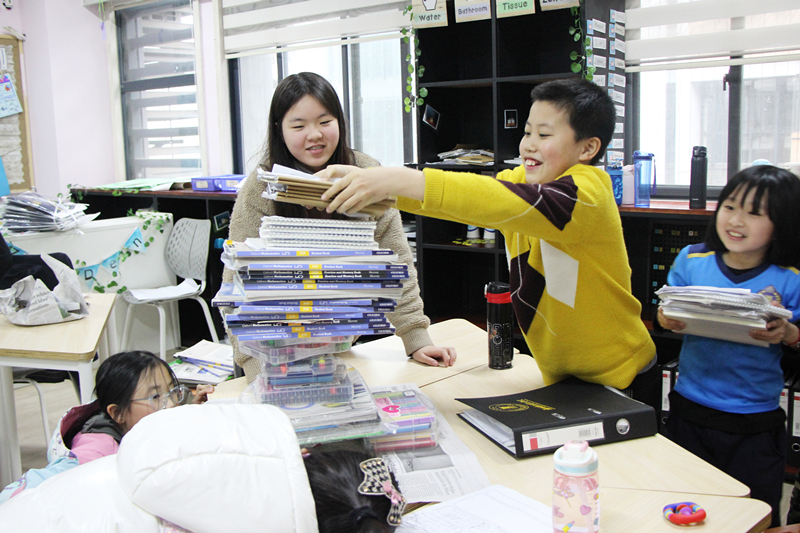
此外,G4Y学子还举行了关于灭绝动物的议题辩论。他们对海量信息进行筛选,收集论点论据,在与同学的唇枪舌战之中用自己的语言进行记录,反思人类对自然造成的影响。我们为何选择保护黄蜂而非娃娃鱼?加州兀鹫为什么需要保护?它因何灭绝?该怎样使我方观点更具说服力?一轮轮交锋中,学子不仅增长了对自然的认知,也锻炼了口才及辩证思维。单元结课之际,孩子们来到山海标本艺术博物馆,聆听讲解,欣赏各种各样的动物、昆虫标本,了解非物质文化遗产标本制作。
In addition, G4Y students also held a debate about extinct animals. They collected data and sifted through it, built their arguments, and reflected on the impact of human beings on nature during the debate. Why do we choose to protect wasps over giant salamanders? Why do California Condors need protection? Why are they going extinct? How can we make our arguments more convincing? Round after round, students not only increased the cognition of nature, but also exercised their eloquence and dialectical thinking. At the Exit Point, students went to Shanhai Museum of Taxidermy to listen to the explanation, appreciate a variety of animal and insect specimens, and learn about the taxidermy of intangible cultural heritage.
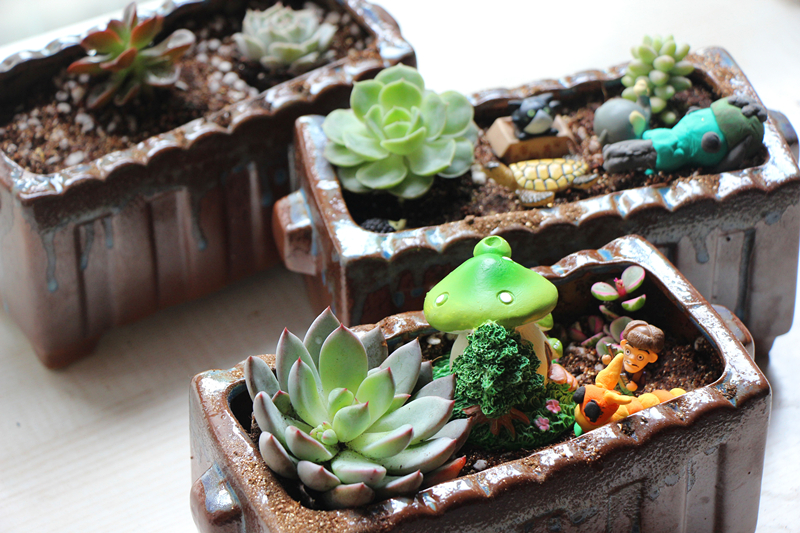
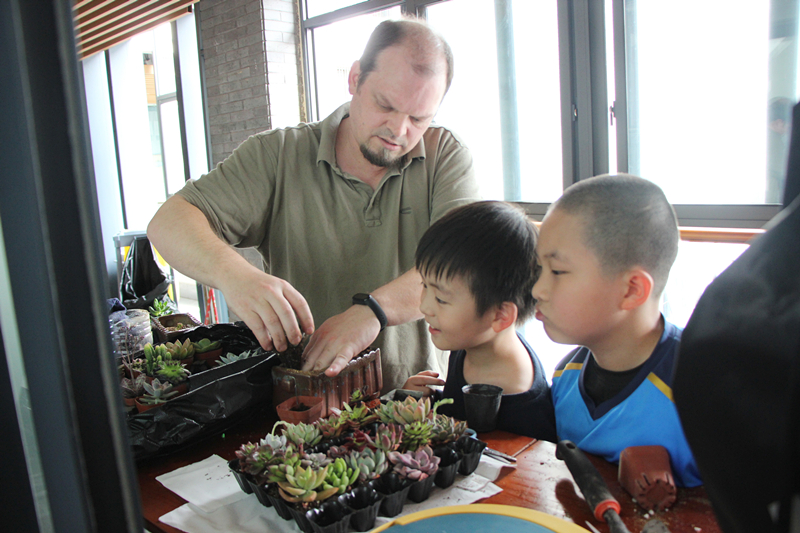
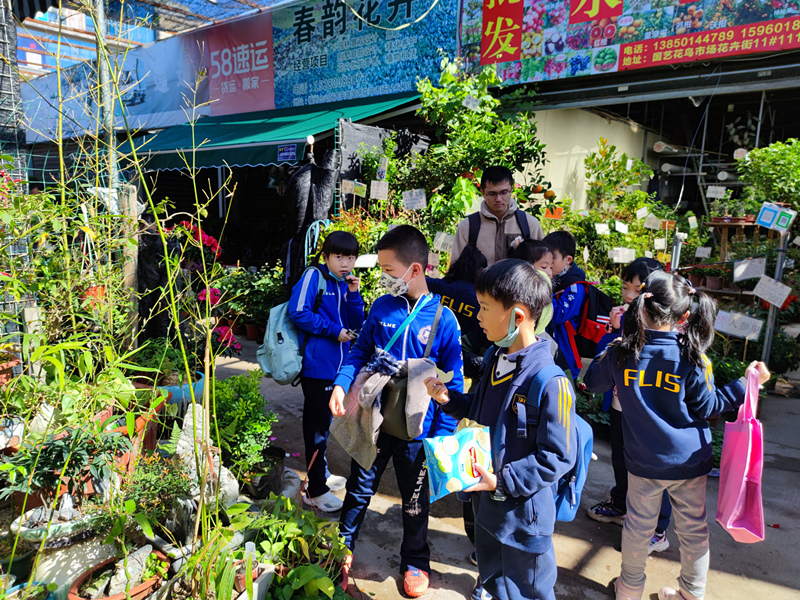
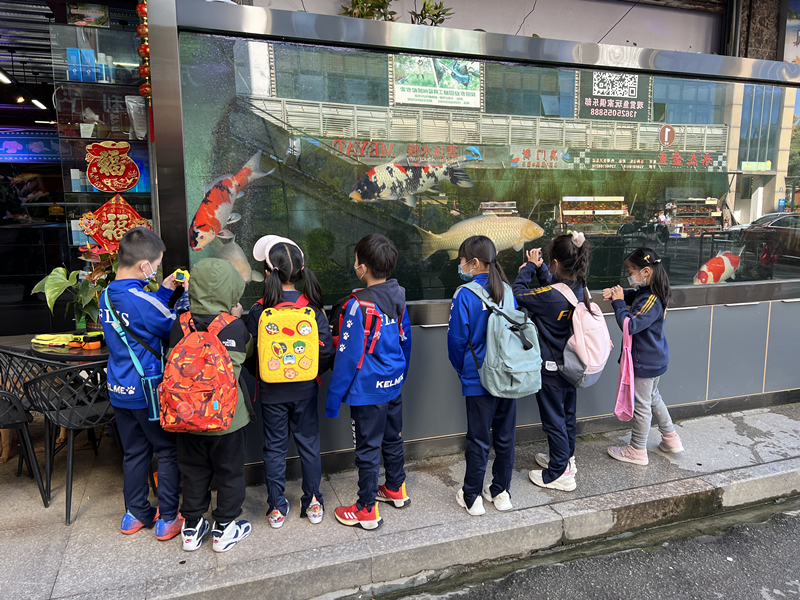
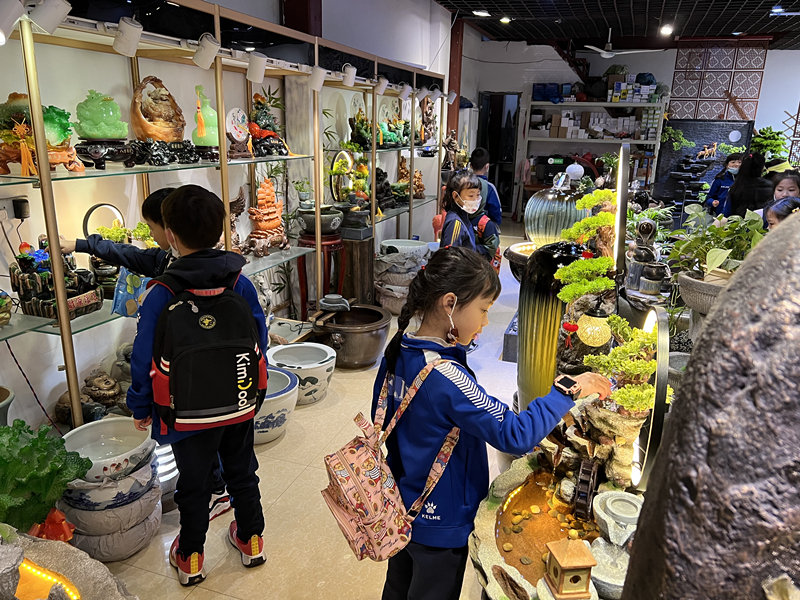
二年级同学也在学习自然相关内容,他们亲自制作了“小小花园”,这是一个很棒的学习项目,孩子可以借此近距离观察一个可持续发展的环境对植物健康而言有多关键,此外,他们也能感受到一个洁净的环境如何促进了人类的健康生活。为此,上周他们来到市场实地考察动植物,如鱼类、两栖类、爬行类、鸟类及哺乳类动物,学子也在花圃商铺中为自己的“小小花园”购买了心仪的配件。
Second grade students are learning nature related content; they made various mini-gardens, which were a great little project that enabled students to take a closer look at how sustainable environments are important to the health of plants, and by extension, how clean environments promote healthy living for humans. To this end, they went to Fuzhou Bird and Fish Market to look at living plants and animals, such as fish, amphibians, reptiles, birds and mammals. The students also bought their favorite accessories for their mini-gardens in the flower garden shop.
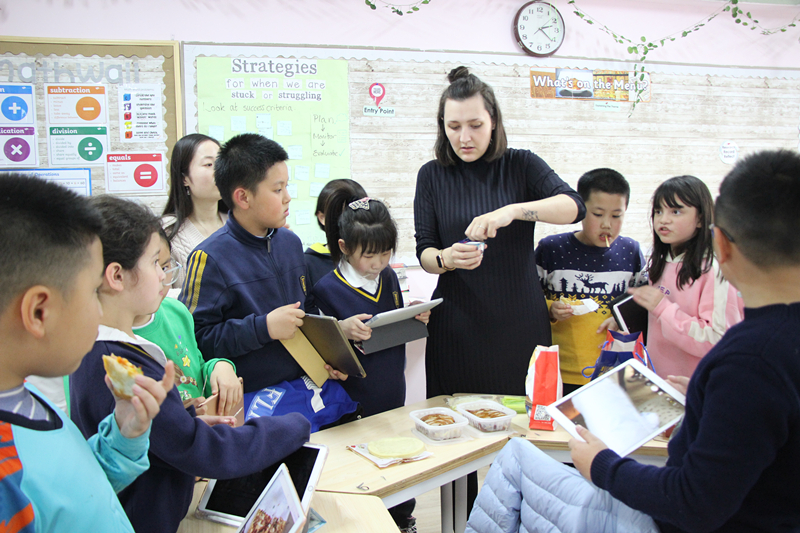
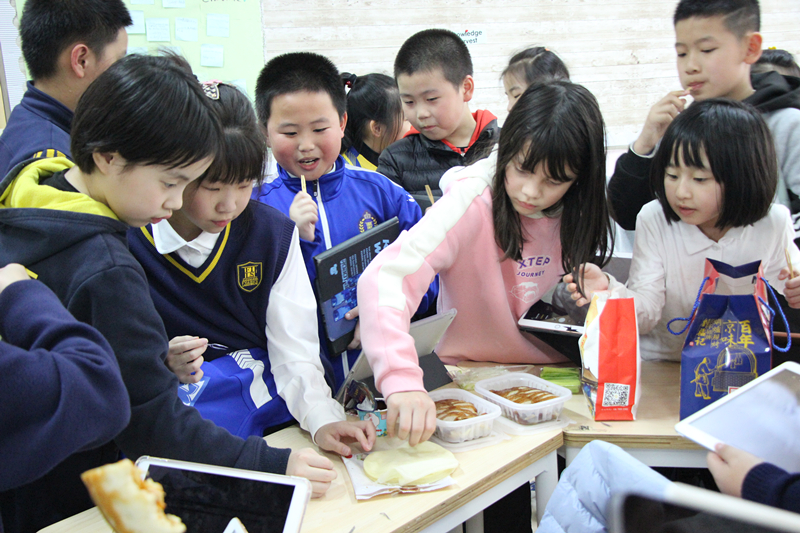
接下来,G4Y学子将进入全新的单元:“菜单里有什么?”食物包罗万象,为我们提供日常生活所需能量。你是否也曾思索过,食物是如何生产及储存的?食物从食材到餐桌需要几道工序?你又是否观察过社区周围的商铺构成?随着主题学习的深入,孩子们将亲自绘制他们理解中的街区地图。希望他们能在单元结课点之前找到问题的答案——或许,孩子们的收获会比我们想象得更多!
Next, G4Y students will enter a new unit: "What's on the menu?" Food is all-encompassing and provides us with the energy we need for daily life. Have you ever wondered how food is produced and stored? How many processes does food need from raw ingredients to table? Have you looked at the composition of shops in the neighborhood? As the topic-learning develops, the students will draw their own map of the neighborhood as they understand it. They hope they can find answers to those questions before the Exit Point – they might explore something more than we expect!
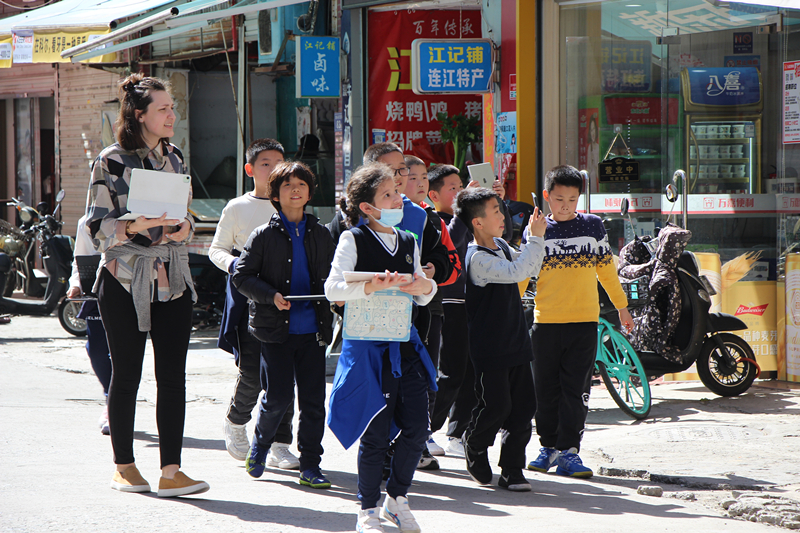
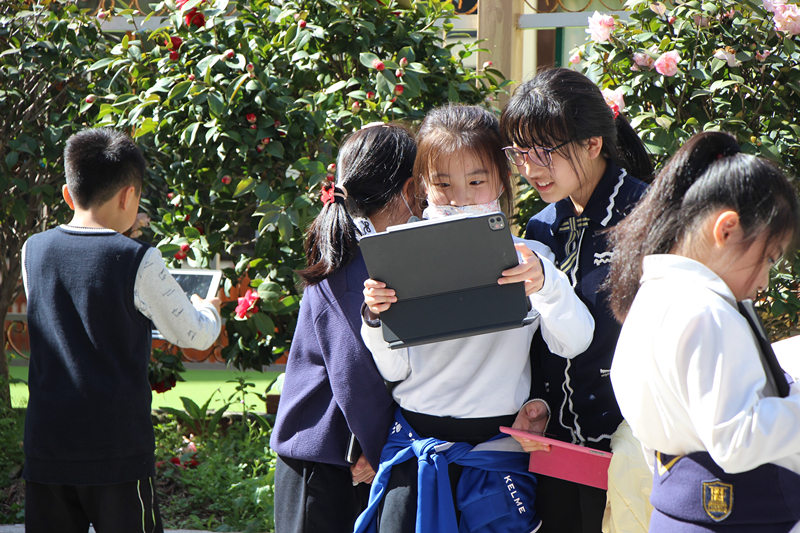
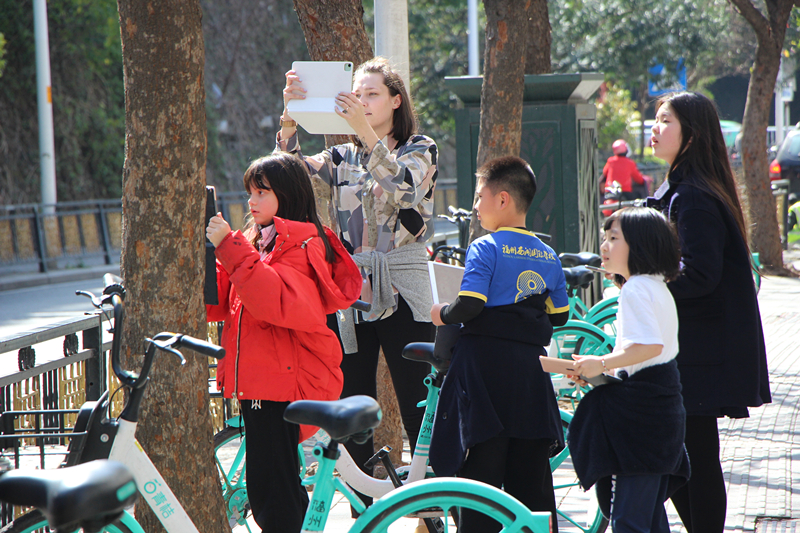
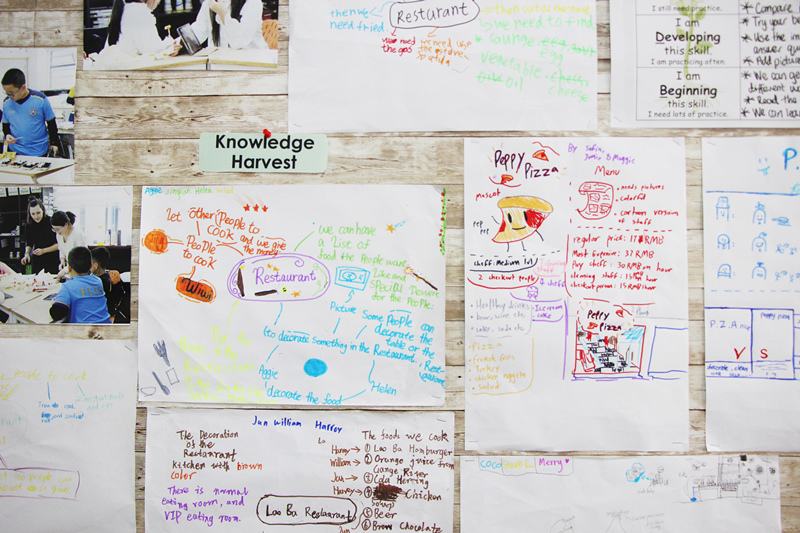
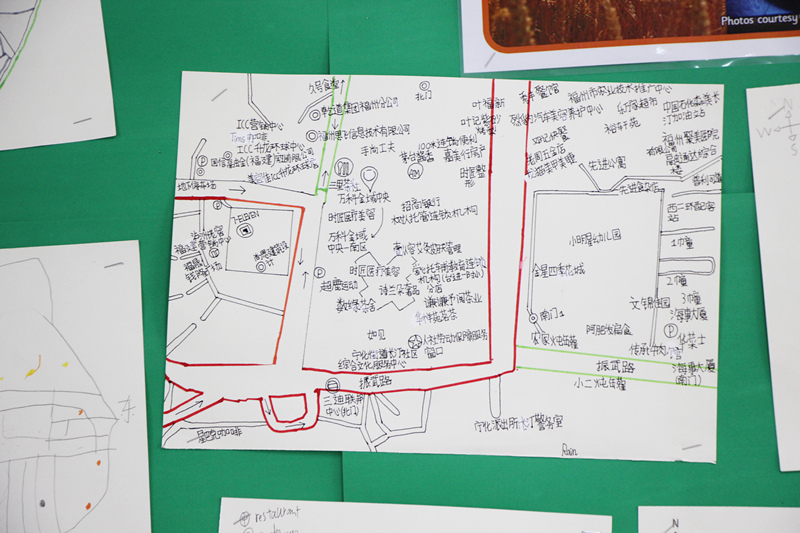
学校网站备案信息 All contents © 2016 Business Theme.
闽ICP备17001553号-1 All rights reserved Designed by : akhilwebfolio













